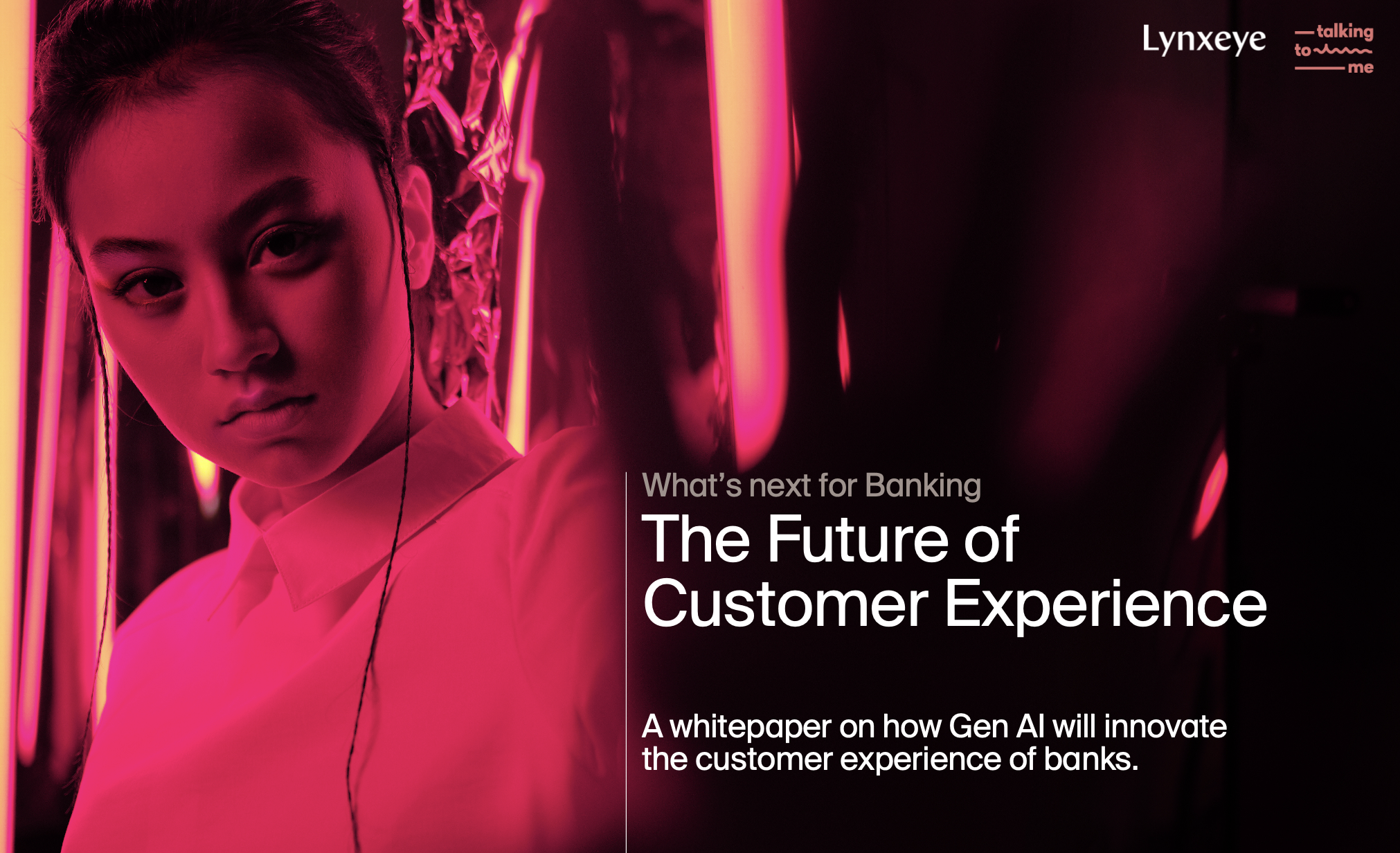En artikel skriven av vår VD och teammedlem, Mattias Falkendal.
A couple of weeks ago we held a webinar on some of the key trends that we believe are emerging in 2021 within the area of Voice and Conversational AI. Here are some of the key takeaways.
In general, we agree with those that believe that many Covid imposed changes, such as remote work and some aspects of social distancing, will remain. The increase in digital customer interactions and the need for businesses to handle increased information flows through several digital channels will not go away. The pace of ‘forced’ digitalization that the pandemic has created will continue and accelerate the path towards increased automation but also increased augmentation – AI-driven solutions that complement as opposed to replace humans.
Below we have picked out four trends that we believe we will see increased traction around this coming year.
#1 Custom, branded, assistants
A custom branded digital assistant is a proprietary digital assistant created by a company or brand and distributed primarily through its own channels (such as a mobile app) – eliminating restrictions relating to for instance wake words, policies, distribution channels and data control that can be experienced when developing on a third-party platform – such as Google Assistant or Amazon Alexa.
The availability of technology that enables this these types of solutions has increased dramatically lowering the thresholds to establishing custom assistants. Examples of custom, branded, assistants include BBC’s ‘Beeb’ and US Banks voice-first assistant.
#2 Domain-specific bots
As interactions with bots move from trivial to more complex – these bots need to be specifically trained in certain domain areas to meet user requirements. Consider industries or professions using specific terms (such as Healthcare).
This trend, in turn, leads to a potential competitive edge for businesses who already now have access to unique industry or profession-specific data – even more so for smaller languages.
#3 Increased Voice UI adoption
Customer demands for ‘no-touch’ interaction drives increased adoption of voice command and multimodal (Voice + Screen) interactions. A typical use case would be ‘voicifying’ the touchscreens used for food ordering – a solution that would make anyone uncomfortable these days.
But there are also examples of pure deep filtering / voice-command navigation for instance for e-commerce websites which provide a significantly improved user experience. Getting used to Voice-command interaction changes people’s behavior and lays a foundation for more advanced interaction through Conversation and Virtual Assistants.
#4 Omnibots and Voice-first
Users demand frictionless and fast response in interaction with brands and organization’s increasingly digital interfaces. These interactions should be on the user’s terms – meaning that customer service, for example, should be available 24/7 and accessible in the way that fits the user the best at a particular moment. For example, via Voice if you are in your car, via Messaging apps if that is your preference, via smart speakers, phone or in the text-based webchat window on your website.
We call this the Omnibot Experience.
In order to succeed with scaling an Omnibot Experience you need to have workflows and a tech stack that can handle Voice/text/visuals in one interface. And you need to realize that designing for Voice (Conversational IVR or smart speaker interaction for example) is the hard part. This requires that your design process starts with Voice-first – and builds from there by adding visuals, buttons, images etc for the channels that support this.
These trends are examples of the many things cooking in the dynamic world of Voice and Conversational AI. These are things to consider as you develop your strategic roadmap for Conversational AI and define the use cases where this technology can add value to your business.
Don’t hesitate to reach out for a deep dive into a specific area or further discussion and advise on the topic.





